Image Gallery: Small Sea Monsters
Glyceridae
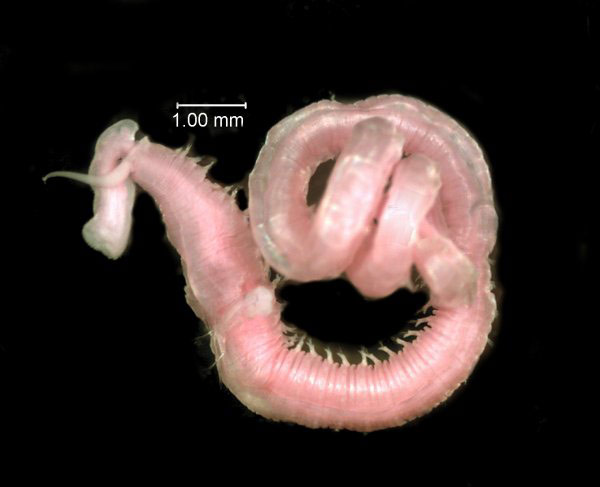
Gray's Reef National Marine Sanctuary, about 17 miles off Sapelo Island, Georgia, is home to a variety of strange creatures. The Glyceridae, or bloodworms, are ferocious epi- and infaunal polychaetes that prey upon small invertebrates. They are errant burrowers that build galleries of interconnected tubes to aid in catching their prey.
Photis pugnator
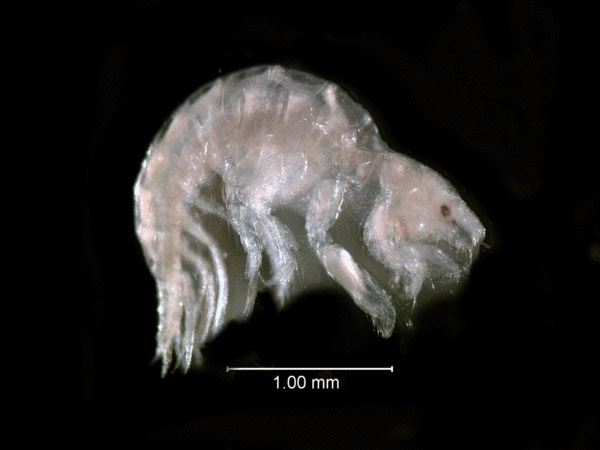
Photis pugnator is another tube-building amphipod that can be found at sediment depths of 26 cm. On the surface of the seafloor it is often found in association with algae, and a closely related species even uses discarded gastropod shells as its home.
Paracerceis caudata
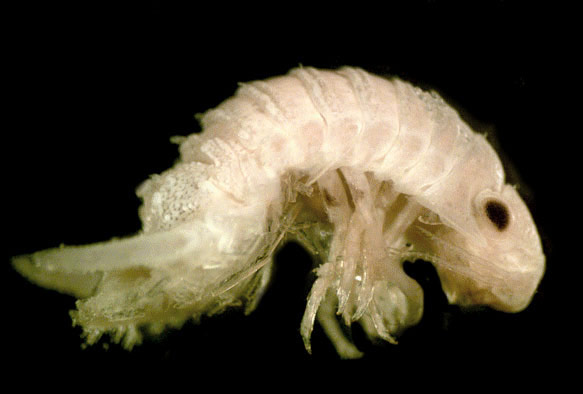
This isopod is an epifaunal resident of Gray's Reef. Generally, it is found on the surface of sponges, rocks, and tunicates, with reproduction even taking place in these areas. For example, a related species sets up breeding territories inside of sponges (where it's difficult for predators to get to), and the female travels to the male's territory to lay her eggs.
Brachiopods

Brachiopods, also referred to as lamp shells, are filter feeders found in the surface layers of the sediment (upper 2 cm). They bury themselves in the sand using a stalked portion of their body called a pedicle, and use their lophophore to extract small organic material from the water column.
Ophiuroidea
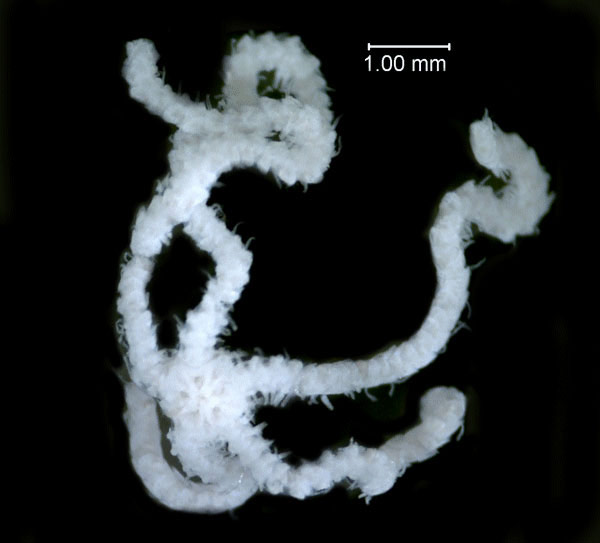
Brittlestars, like urchins may be epi- or infaunal. They are important bioturbators, burrowing up to 12 cm, and as deposit feeders have important effects on sediment characteristics and the cycling of nutrients and chemical within the sediment.
Paramphinome sp. B
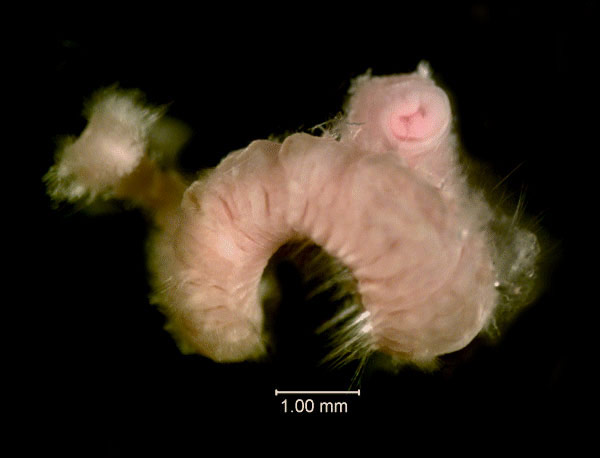
Paramphinome sp. B is an undescribed fireworm from Gray's Reef that typically is found in rocky areas above the sediment, while only rarely below. Fireworms have acquired their name from the notosetae (bristle-like appendages on their bodies) that break off when touched, subsequently causing a painful skin reaction in the unsuspecting victim.
Bowmaniella portoricensis
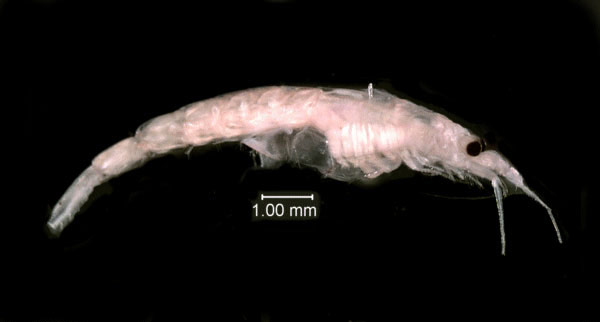
This mysid shrimp generally resides a soft burrow in the upper few centimeters of sediment. It is a nocturnal filter and suspension feeder that may have a large impact on the structure of zooplankton communities from its selective feeding habits.
Get the world’s most fascinating discoveries delivered straight to your inbox.
Renilla reniformis
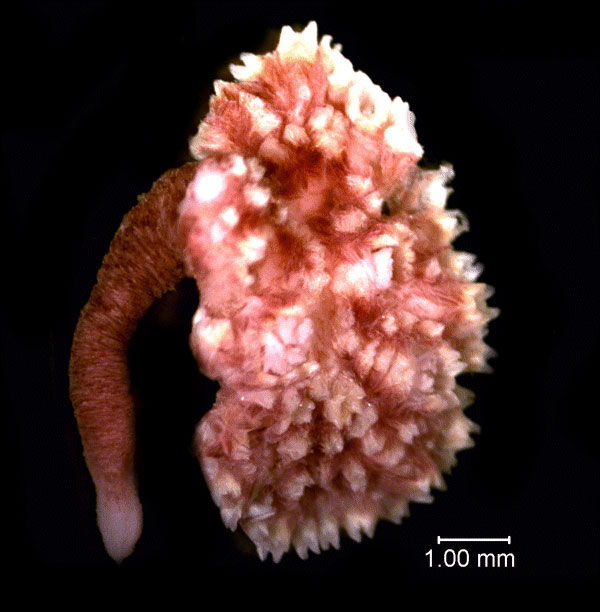
Renilla reniformis, or the sea pansy, is typically found on the surface of the seafloor, but can also occur up to 4 cm below the surface. It has bioluminescent properties as a result of some symbiotic zooxanthelle (it can glow in the dark!), and uses a mucus net to catch prey.
Cirratulidae
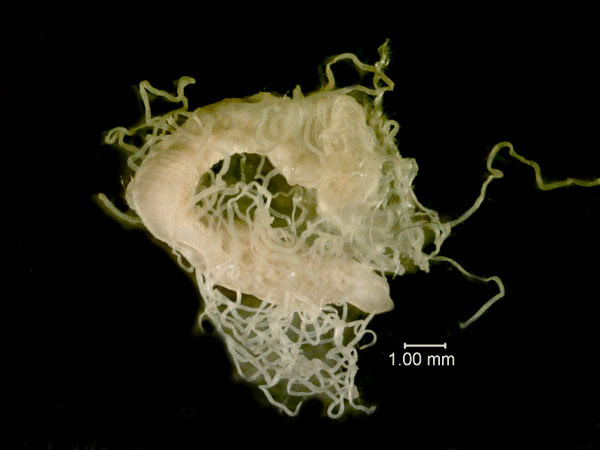
Cirratulid polychaetes live either on the surface of the seafloor among rocks and crevices, or within tubes and burrows beneath the seafloor. They are brightly colored and have tentacle-like gills that are used for respiration.
Aspidosiphon muelleri
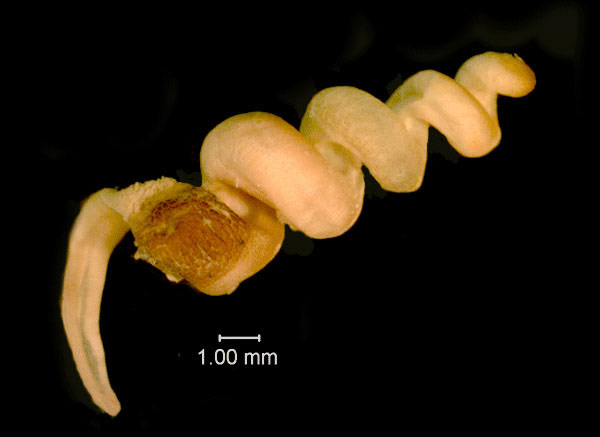
This species of sipunculid can found in a soft mucus burrow deep within the sediment, in discarded mollusc shells, and in rock crevices. It is typically a deposit feeder and a detritivore, using a feeding apparatus called an introvert to capture its prey.
Asteroidea
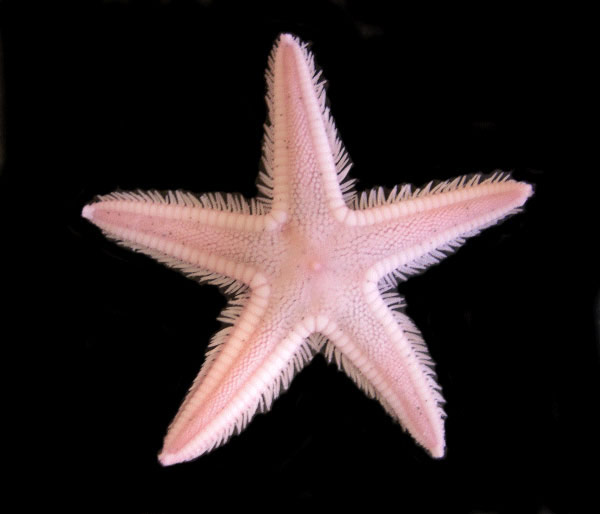
Sea stars may lead an epi- or infaunal lifestyle. Whichever, they are important ecosystem-level predators that have significant tropic effects within their community.



